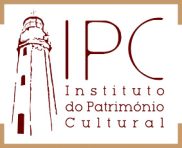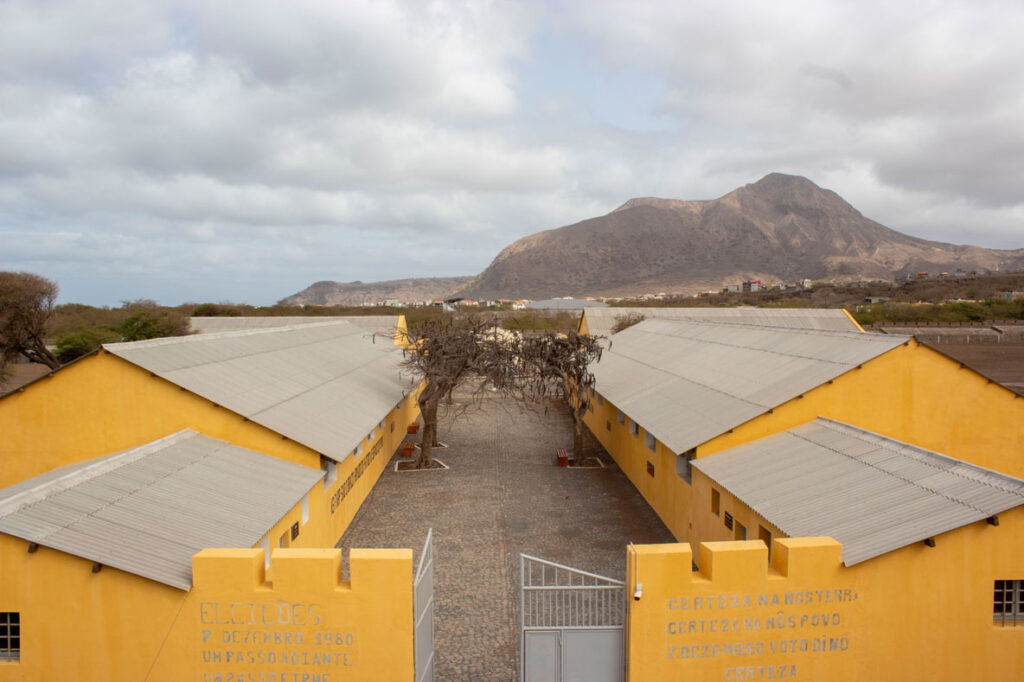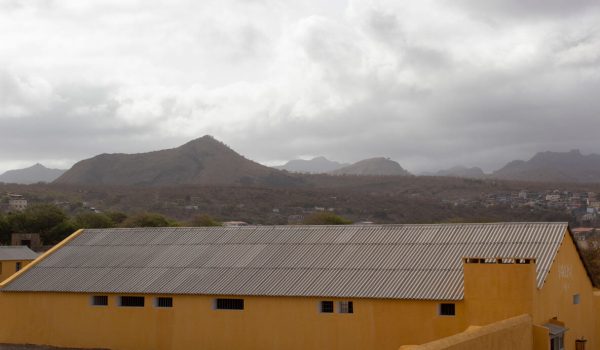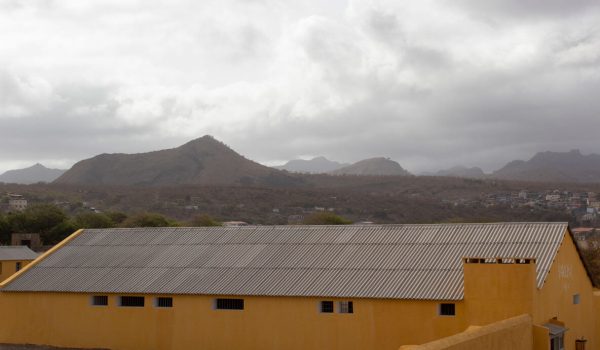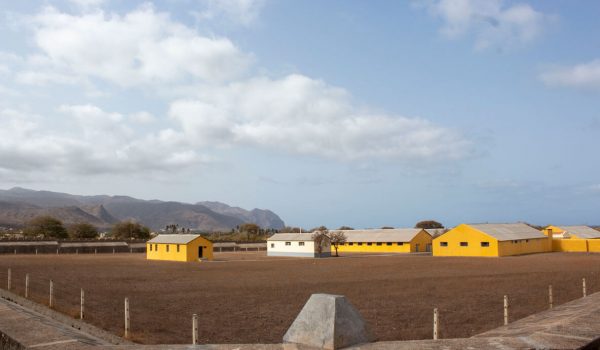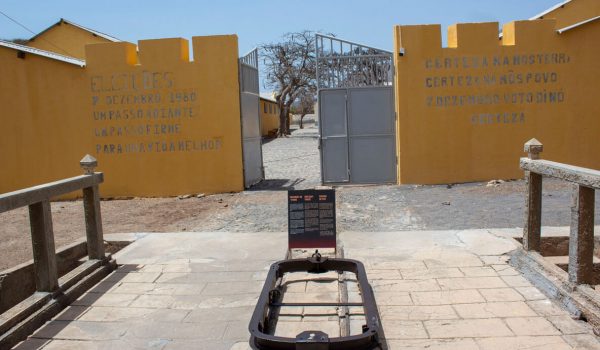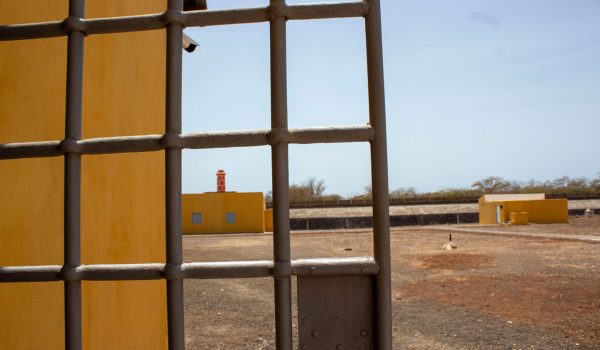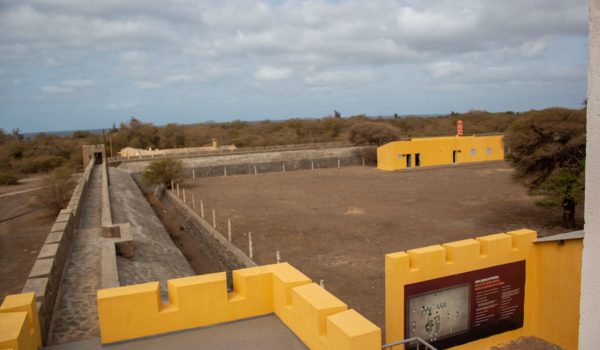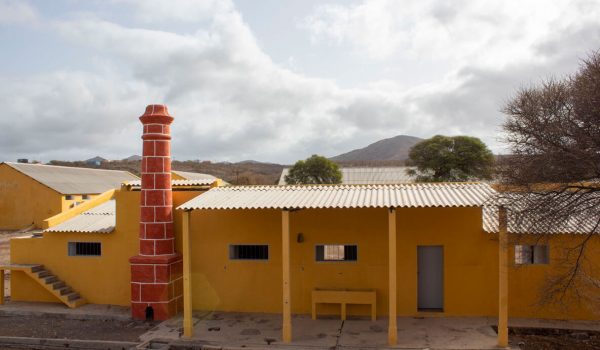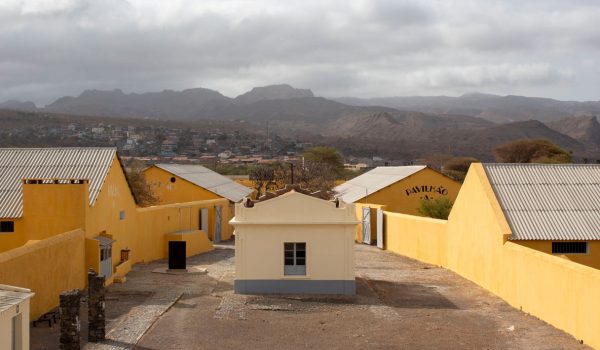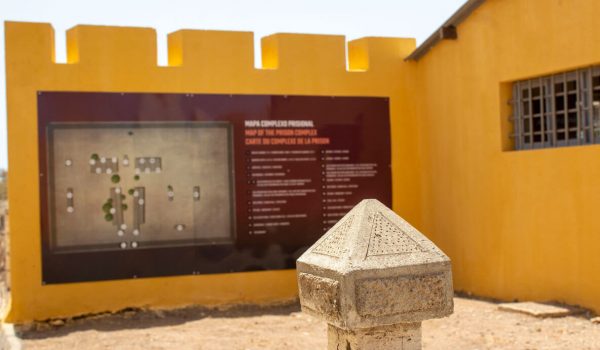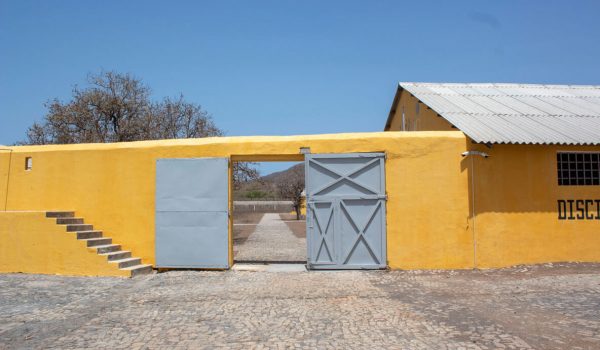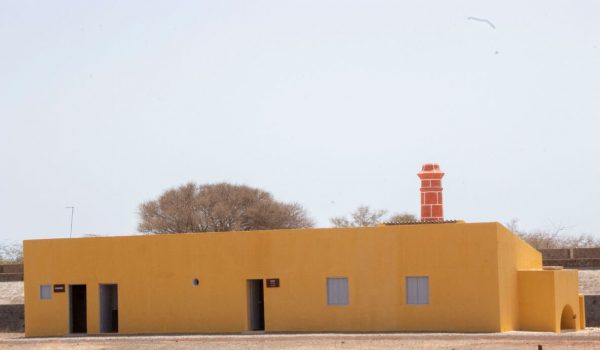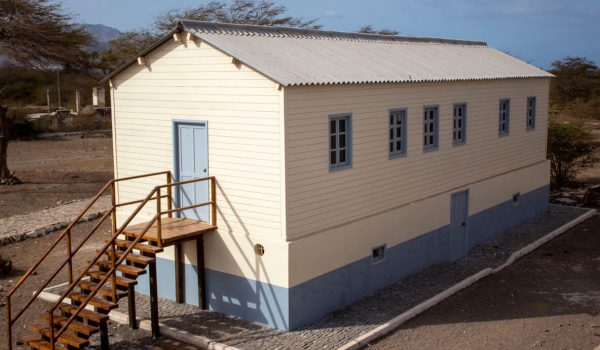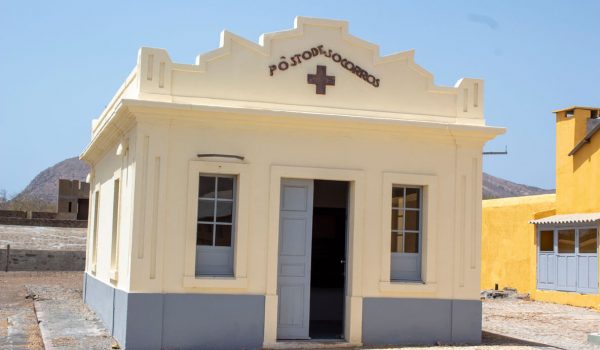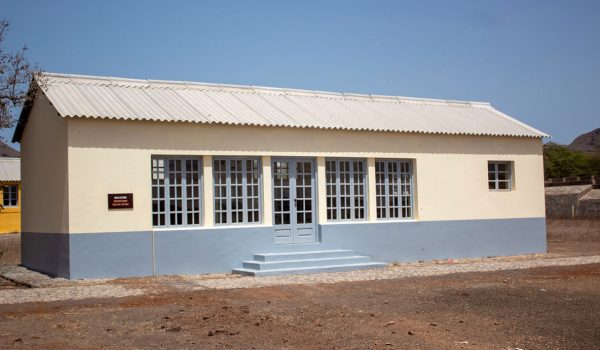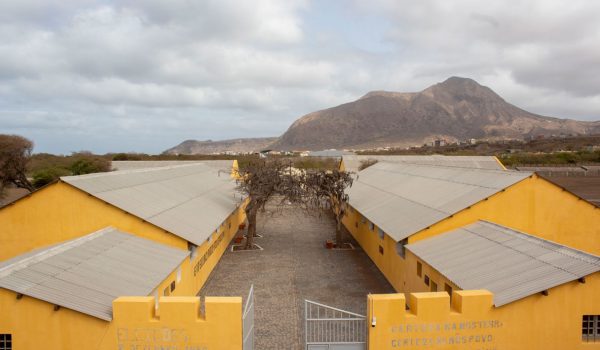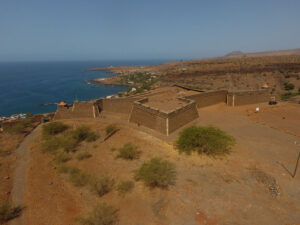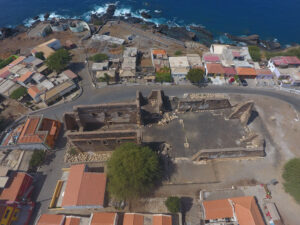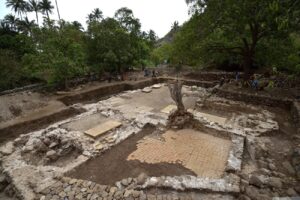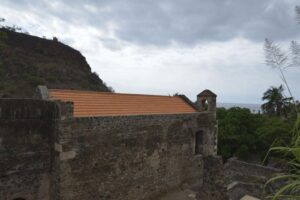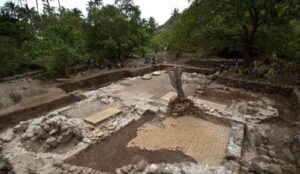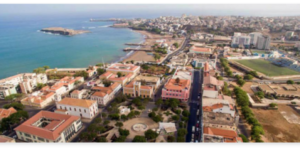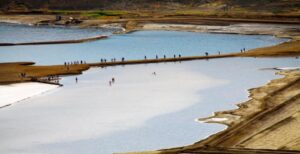Situado na localidade de Chão Bom, o Campo de Concentração do Tarrafal foi construído no ano de 1936, com base no decreto nº 26:539 de 23 de abril. A colonia penal recebeu os seus primeiros presos a 29 de outubro do mesmo ano, tendo funcionado até 1956. Em 1962 foi reaberto com o nome de “Campo de Trabalho de Chão Bom”, destinado a encarcerar os anticolonialistas de Angola, Guiné Bissau e Cabo Verde. No total foram presas mais de 500 pessoas, sendo 340 antifascistas e 230 anticolonialistas.
Survival conditions in the Campo de Concentração were harsh and inhumane. The mistreatment, isolation and humiliation to which the prisoners were subjected led many to death or left psychological and physical sequelae. In addition to forced labour, recurrent tortures such as the frigideira, the statue, sleep torture, beatings, were inhumane practices within a whole panoply of ill-treatment.
ler maisIn this context, campo de Concentração do Tarrafal is engraved in the imagination of the Portuguese, Angolans, Guineans and Cabo Verdeans as the "campo da morte lenta" (slow death camp) or "death camp". During more than thirty years of operation, it was used to commit the most heinous crimes, leaving irreversible physical and psychological scars on those who dared to oppose the prevailing political and social order of the Estado Novo (New State), Salazarism.
Due to its history and memory, the Campo de Concentração do Tarrafal was inscribed on Cabo Verde's indicative list for UNESCO by criteria III and VI.
O Campo de Concentração do Tarrafal preserva na sua totalidade as suas caraterísticas originais, encontrando-se em bom estado de conservação. Após a sua desativação, o complexo funcionou como centro de instrução militar e desde 2000 alberga o Museu de Resistência.
O “campo da morte lenta” foi classificado Património Cultural Nacional através da Resolução nº 33/2006, de 14 de Agosto. Com intuito de assegurar a sua administração e gestão, foi criada a Curadoria do Campo de Concentração de Chão Bom, Tarrafal através da Resolução nº 64/2014, de 12 Agosto.
Due to its structural, historical, functional and symbolic elements, this “Campo de Concentração” is similar to other homonymous spaces built during the period of totalitarian regimes that proliferated across Europe (1933-1945), the most symptomatic being Auschwitz and Dauchau.
O Campo de Concentração, due to its above mentioned characteristics, fits in with Robben Island (South Africa), inscribed on the UNESCO World Heritage List in 1999.
ler menos